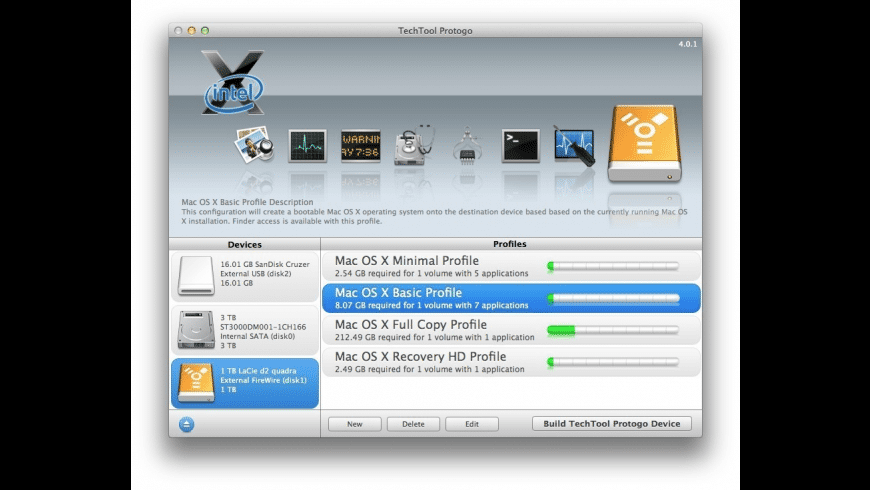

Generally I like to let the hardware prove itself to me rather than use diagnostics. You could also put TechTool Pro on the same external drive you use for imaging so that you can do everything in one pass. It's made for one drive at a time though, unless it has scripting abilities that I'm not aware of (and it might). When I care enough to use diagnostics I use TechTool Pro, which is FAR better than Disk Utility, and it also has secure wiping tools, and a lot of other stuff.

In terms of diagnostics, the ASDs work well if you can find them, but there is one ASD per model laptop, which means you're dealing with lots of DVDs. So that kind of setup is possible, although it's not feasible for me, and I've found that network-based systems tend to degrade over time as well because people forget how they were set up, new hardware is released, etc. So you could connect 20 machines, walk away for a couple hours, come back, and either the machines are done, or maybe 1-2 have an ASD error. I have seen an Apple server-based system.you basically connect 10-20 machines via ethernet, it powered them on via wake-on-lan, it then ran the appropriate ASD (Apple Service Diagnostic), then it securely wiped the drive, then dumped the OS. While the drive is imaging I'll test all other functions. In fact I boot to the external and image the drive when I am first checking out a machine - it's a good way to kick the tires. I produce 5-30 machines a day, and tend to image them as part of the process of building them, so imaging tends not to be the bottleneck. In SuperDuper I pick the OS image on the left side, the internal hard drive on the right side, click OK, and in 10 minutes you're done. In terms of data security, I believe that dumping an OS is generally enough.that's a controversial view, but an OS dump does a quite a bit of writing, and I have to think the chance of someone spending all day doing data recovery on one of my laptops in order to retrieve small slivers of data is EXTREMELY slim.Īs I may have mentioned, my technique is to boot from an external USB SSD drive, and on the desktop of that drive I have SuperDuper, as well as all my OS images. And most of my drives come from recyclers that are required to wipe and test their drives before handing them over to me, so it hasn't been a huge issue on my end.
#CHECKING AN EXTERNAL HDD USING TECHTOOL PRO 10 PC#
Even if they deal with Macs, they tend to have a PC system to wipe drives. :-)įrom visiting a lot of recyclers, I've gotten the impression that the larger hardware/software systems that securely wipe 20 drives at once tend to be on the PC side. I do most of that the low-tech way, so I might not have a great answer for you.


 0 kommentar(er)
0 kommentar(er)
